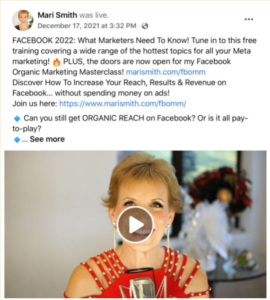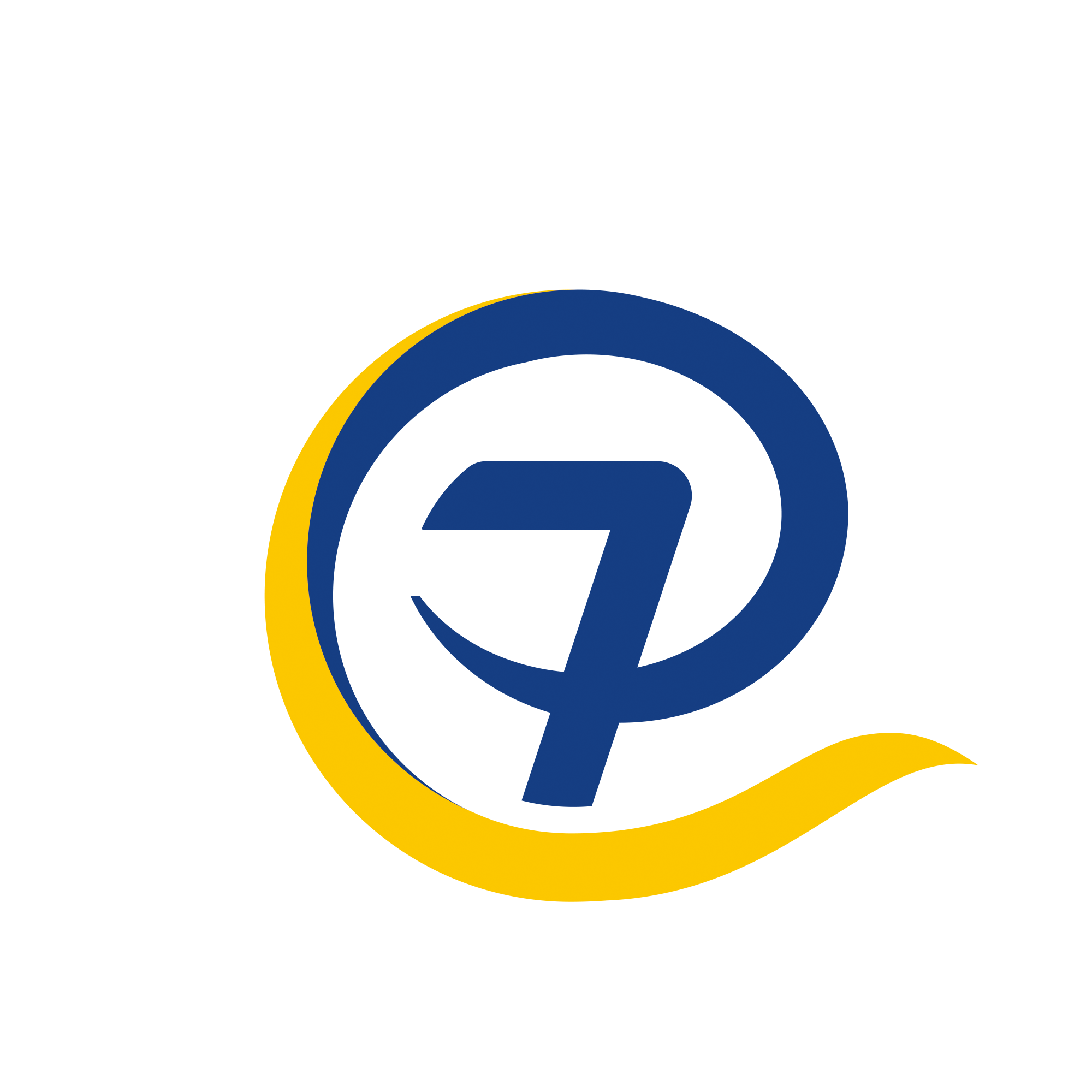
See your Facebook metrics drop? Looking for new ways to improve your non paid Facebook marketing?
Many people and brands seem to think that Facebook has completely turned to paid games.But maybe these people ignore that Facebook is essentially a social media platform.
Even five years later, Facebook is still likely to be the world’s largest social media network.Facebook has more than 2 billion active users, many of whom are loyal and habitual users. They log in and spend time on the platform every day. Facebook has been deeply integrated into their daily life.
No matter who your customer base is, they are still likely to use Facebook often. This means that when it comes to your organic social media marketing, you can’t ignore Facebook.
One of the most important things to remember about Facebook as a platform is that it is very intuitive, just as instagram is a visual platform. Not only do people participate and respond more frequently to visual posts (such as images and videos), but the algorithm certainly seems to prefer visual posts.
Therefore, I can tell you that people like to consume information in visual form, and video is one of the best visual forms to convey information.

Today we’ll start with a summary of three different types of Posts posted on Facebook pages.
1: Facebook picture post
You can find that one of the most popular post formats posted on Facebook is still pictures.
Images can consist of generated graphics and text that you create in a graphics software or editor, or they can include photos, or a combination of them. Photo posts are designed to stand out from text that covers most of the background on Facebook’s home page.
One mistake many people make when it comes to pictures is to think they cannot contain a call to action (CTA) or picture links. Usually, they place CTA in the first comment. However, the problem with this approach is that if the post is shared, the link will no longer be attached to the image in any way.
So while you want to think strategically about how often you use links, but you need to make sure they’re in the right place.Another important thing to remember is that most social media users don’t read content. They are browsing their social media feeds to find what they are interested in, so let your graphics convey the whole story in one image.

This usually means a charming image and a compelling title. You can use the text in the title to back up and supplement everything in the drawing.
2: Facebook story
Nowadays, stories seem to be everywhere, and almost every platform is trying or heavily relying on its own version of the story.Of course, Facebook stories are full screen vertical images and videos that combine to tell the story to your audience.
With so much content, it makes sense to cross publish your story on multiple channels. Instagram and Facebook make this process simple.
In addition, if you use the function of instagram creator, you can use many stickers and functions in the story, which will still be attached and work normally after publishing to Facebook.
A reliable strategy is to publish one to three stories at a time so that you always have at least one active story in any given 24 hours. This will help put your brand first and at the top of the news feed.

3: Facebook link post
Facebook link posts can attract traffic to specific locations, whether on Facebook or other websites.
We all know that Facebook likes to keep people on the platform as long as possible. Because of this, Posts containing links tend to reduce coverage and display times.
If you are in the process of publishing or have a major announcement to publish, and you want people to click on the link, you should put the link on the first screen.
Another option is to stop Facebook filling your posts with open chart information when you enter a link.Especially blogs and articles. When you place links in articles, Facebook often obtains open graphic materials such as pictures for sharing.Facebook’s algorithm classifies it as a linked post, even if images are attached.
Did you learn?










